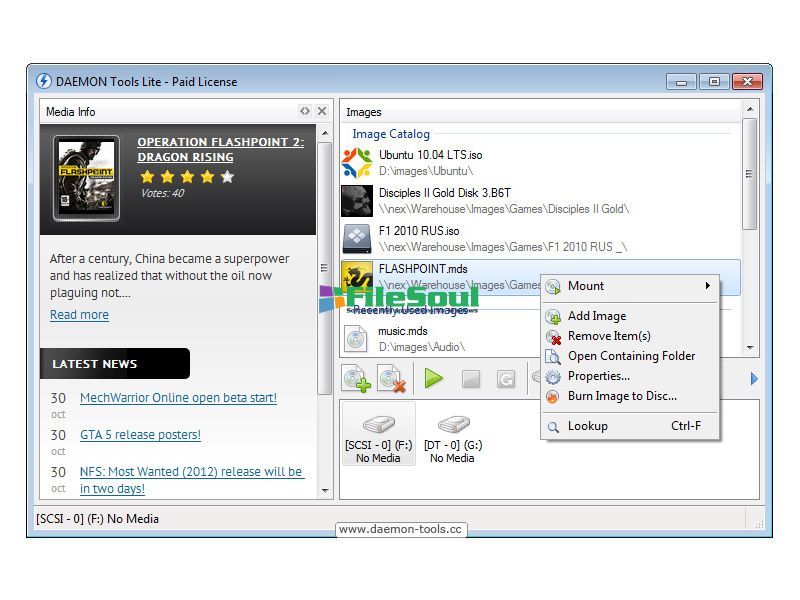

In my case I use I have internal network access and use the UltraVNC utilty to transfer the file across Now that you have your file you need to get this to your remote host. iso file in the \ctupdate60\ctupdate\iso directory called wsusoffline-w2k3-enu.iso where ‘w2k3’ and ‘enu’ specify OS and language selection In my instance I had a Windows 2003 Server with SR2 installed.Ĭlicking the Start button starts the script based program and it contacts the Microsoft Update site and initiates the download of the updates that were specified NET framework is installed then uncheck the ‘Include. iso file and so the ‘Exclude Service Packs’ option can be checked. If the client already has the latest service pack installed then there is no need to include them in the. Other options to select depend upon what updates are actually needed. Select your Operating System and language. This opens the Offline Updater Generator window. It is available here Īfter extracting the c’t Offline Update program I ran the UpdateGenerator.exe in the extracted directory. This utility is a disk image emulator and so allows you to mount.

The utility can be downloaded here –/features/112953 A front end client then runs from this image and installs the updates locally. iso image based on custom selections that can be mounted on a remote client. T h i s u t i l i t y downloads Microsoft OS updates for Windows 2000/XP/Vista/2003 and Office updates for the 20 editions. The second utility is c’t Offline Update 6.0. Although it is similar to RealVNC it has added features such as encryption, different authetication methods and in this case has a file transfer feature. The first utility is UltraVNC which is an open source application that uses the VNC protocol to control another clients remotely. I have a public facing Internet server that sits in a DMZ with no outbound access to the Internet as there are strict firewall rules preventing this.Īs a security measure though this limits the servers ability to automatically update its virus definition files and hinders any patch management for the Windows OS.Īs a way around this I have used three excellent utilities that have enabled me to manually maintain the update process.


 0 kommentar(er)
0 kommentar(er)
